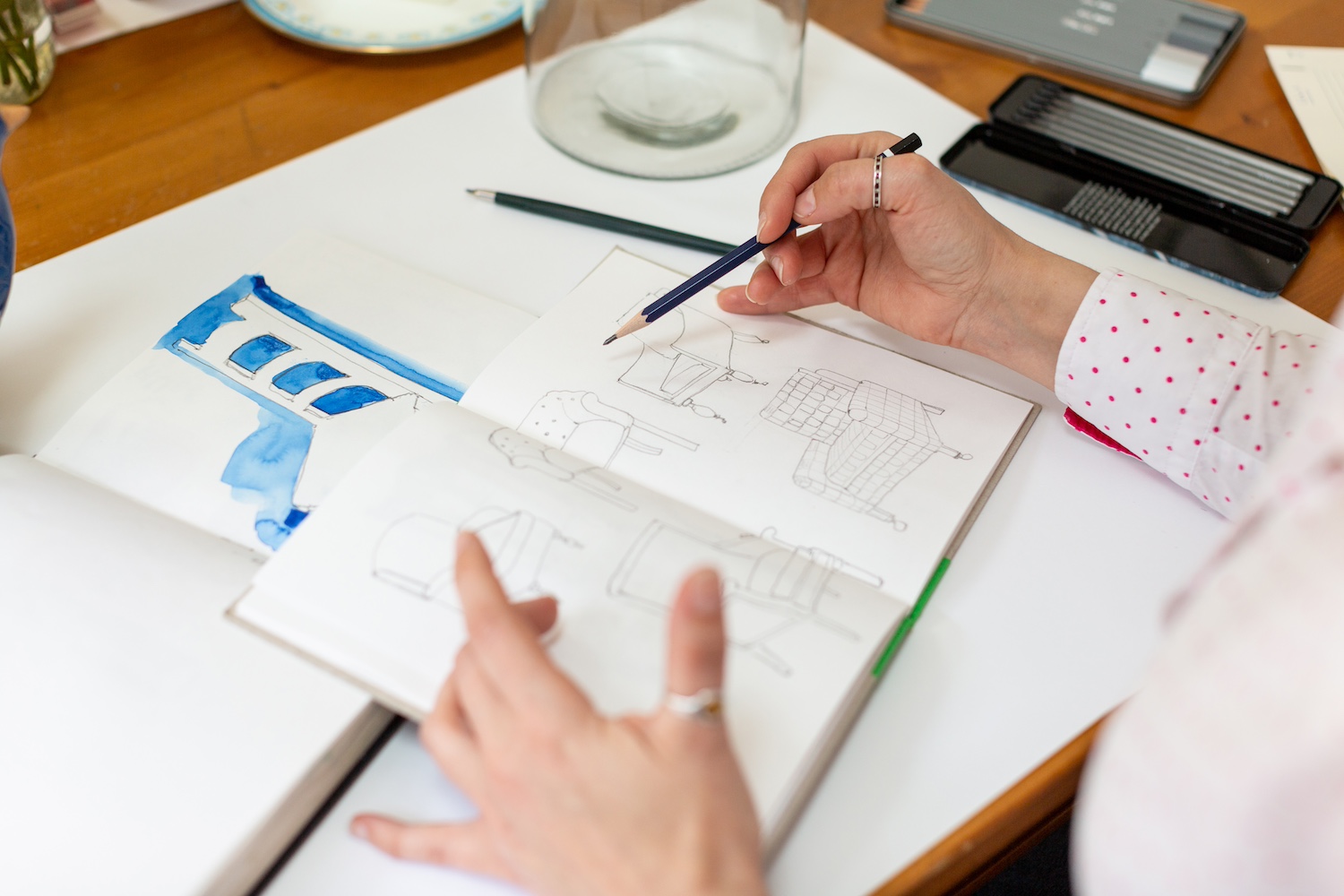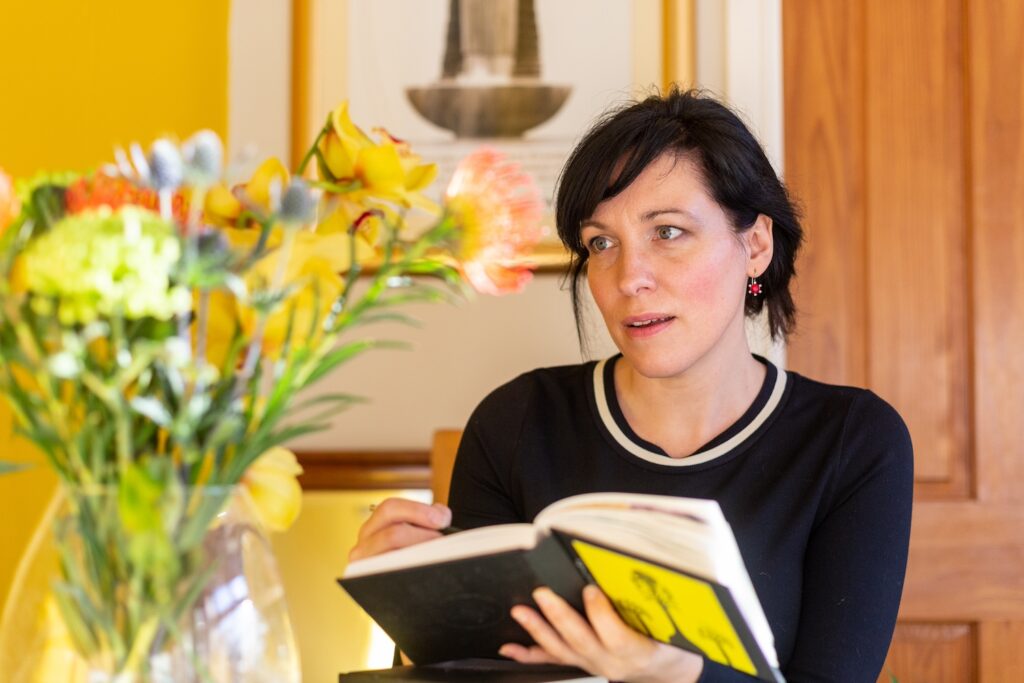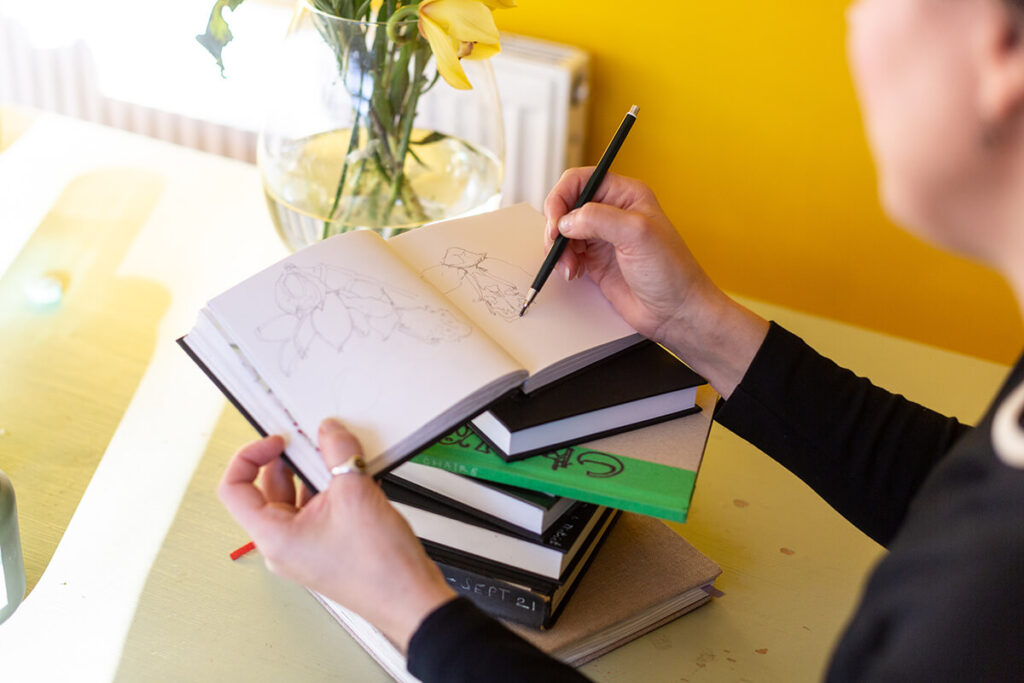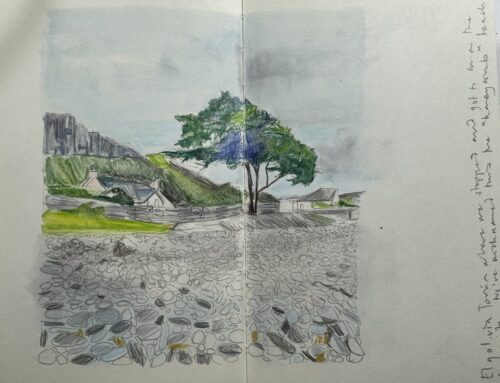5 Key Factors to Consider Before You Start to Draw….
Before your pencil even hits the paper there are 5 key factors you need to think about to ensure you are setting yourself up for drawing success.
Let’s start way before the drawing begins. Think about the first few questions that spring to mind when you hover over that paper with that pencil.
Questions like: where should I start or what if I make a mistake? How do I make sure it fits or am I good enough to tackle this?
Did you know that the first 30 seconds before you pick up that pencil (before you even start) are the most critical? It is at this point that you sub-consciously make a decision about what you are about to draw and more importantly the decision making process you will employ to do so.
I’d venture a guess that decision making processes do not even enter your mind at this point.
The aim, therefore, is to ensure you get off to a strong start with all you aim to draw as well as learn how to make the right decisions every step of the way when you draw.
Before you begin sketching, take a moment to reflect on these five key factors. They will help you overcome your fears and build a strong foundation for your creative journey.
Table of Contents
The 5 Key Factors
-
Observation
“The artist’s job is to pay attention, to really look and to never stop looking.” Henry Moore
Moore’s words stress the continual need for observation, a process that doesn’t stop even after the drawing begins.
Before putting pencil to paper, the ability to observe deeply and accurately ensures that the artist captures proportions, textures, and emotions inherent in the subject. Observation shapes how an artist interprets and translates what they see into a visual form, bringing out details and subtleties that might otherwise go unnoticed.
Here are some reasons why observation is key before starting a drawing:
- Understanding form and proportion: Observation helps you break down complex forms into simpler geometric shapes. This makes proportions easier to manage.
- Noticing light and shadow: Careful observation allows you to study the interplay of light and shadow, critical for creating depth and three-dimensionality.
- Capturing textures and details: Close attention reveals textures that give the drawing life and realism, such as the roughness of bark or the softness of fabric.
- Developing a deeper connection: Observing the subject closely often fosters a connection that influences the drawing’s emotional tone, helping the artist convey mood and narrative.
Developing your connection to your observation skills paves the way for you to becoming familiar with the basic principles of drawing. Have you ever rehearsed how a drawing is meant to “map” out in your mind? I.e you know which steps you need to take to get you from point a to zero?
I spend most of my time teaching this system inside my communities. They flow from 4 core basic principles, some of which you can immediately begin to establish when you spend time observing.
Key Steps for Implementing Observation Techniques
- Slow down and take in the subject: Before you even begin sketching, spend time simply looking at your subject. Train your eye to notice shapes, lines, and textures, and mentally map out the composition. Degas aptly said, “Drawing is not what one sees but what one can make others see.” Slowing down allows the artist to identify what’s most important to show in the drawing.
- Break down the scene into basic shapes: Look at your subject and divide it into simple shapes. For example, the human face can be broken down into circles, ovals, and triangles. This makes it easier to establish proportions and relationships between different parts of the subject.
- Use the “negative space” technique: Negative space refers to the space around the subject rather than the subject itself. Observing negative space helps you identify outlines more accurately, aiding in drawing proportions correctly.
- Pay attention to light and shadow:Observe how light falls on your subject and how shadows form. This is important for adding depth and volume to your drawing. Look for the subtle changes in tone that help define edges and textures.
- Observe proportions and relationships: Compare the sizes and distances between different elements of your subject. For example, when drawing a face, observe how the width of the eyes relates to the distance between them, or how the length of the nose compares to the width of the mouth.
- Engage multiple senses: While sight is the primary sense used in drawing, some artists use touch or even sound to engage more deeply with their subject. Touching an object can help you understand its texture and form in a way that sight alone might not.
- Practice blind contour drawing: This is a great exercise to train your observation skills. In blind contour drawing, you draw the outline of a subject without looking at the paper, forcing yourself to focus entirely on what you’re observing, not what you think the object should look like. In the first part of my Back to Basics drawing course I advocate students to draw blind! Its a fantastic exercise in training your eye to spend more time observing the thing you are drawing as opposed to the paper on which you draw.
In drawing, observation is the foundation upon which all other skills are built. Careful observation can unlock the door to realism, creativity, and emotional depth in artwork. As artists like Leonardo da Vinci and Edgar Degas knew well, truly “seeing” the world around us is the first step in capturing it. By honing the art of observation and applying techniques such as slowing down, analyzing shapes, and paying attention to negative space and light, you’ll be able to approach any drawing with a solid start.
Remember that I mentioned decision making in the introductory paragraph. Observation forms the foundation step for us then being able to make some decisions based on our drawing practice.
-
Mindset: Embrace Mistakes and Imperfection
One of the biggest hurdles many students face is the fear of making mistakes or creating something “bad.” This fear can paralyse creativity before it even begins. It’s crucial to shift your perspective from perfectionism to progress. Every artist makes mistakes—it’s part of the process. In fact, mistakes are where growth happens. They allow you to see what works and what doesn’t, sharpening your skills over time. Instead of seeing errors as failures, embrace them as opportunities to learn. Remember, even renowned artists produce imperfect works and have gone through phases of struggle.
A mindset of self-compassion and patience is key. You are not expected to create a masterpiece every time you draw. The goal is progress, not perfection.
How eager are you to make as many mistakes as possible in order to turbo charge your drawing growth?
…..But heres the valuable conundrum that needs solving in order to feel “safe” making limitless mistakes. You need to know why you are making the mistakes in order to improve. You need a system or an understanding of where you go wrong and how you can correct it for next time. Understanding the key basic principles of drawing as mentioned above will create a framework from which you can transform your learning habits.
2. Purpose: Clarify Your Goals
Before you start drawing, it’s important to ask yourself why you want to draw. Are you hoping to develop a new skill, express your creativity, or just relax? Clarifying your purpose can guide your approach and make the process less daunting. When you know why you’re drawing, it’s easier to stay motivated and engaged, even when you encounter challenges.
For example, if your goal is to improve your drawing technique, then your focus will be on practice and refinement. If your aim is self-expression, then the accuracy of your lines and proportions may matter less than how the drawing makes you feel. Knowing your goal provides a sense of direction and purpose.
As you clarify what you want to achieve your confidence rises, your decision making about how you want to manage your drawing, step by step, becomes clearer.
3. Planning: Start Simple and Build Gradually
A common mistake beginners make is jumping straight into complex drawings without any prior planning or basic understanding of techniques. This can lead to frustration and a sense of failure. Instead, start with simple shapes and basic forms. Mastering the basics—such as lines, circles, and shading techniques—will give you the confidence to tackle more complicated compositions later.
I provide a 30 day challenge inside my Scratch to Sketch hub that gets you familiar with all of these concepts through my guided tuition process in 20 minute increments of time.
Building gradually is key. Take it step by step, and don’t rush the process. It’s essential to develop a solid foundation, which will eventually enable you to handle more advanced techniques with ease.
When I draw I like to do so with as much clarity of purpose as possible. I break my drawing process into 3 steps. The beginning, middle and end. Often we all love the beginning because we are excited to get started. The middle not so much. It tends to be where things start to go wrong and the end is a long way away or difficult to spot. We very often overwork a drawing as a result of perfectionism. Ultimately if you don’t have a set of steps to hand that you can work through, it doesn’t matter how perfect you want to get it.
4. Materials: Familiarise Yourself with Your Tools
Having a good understanding of the materials you’ll be using can make a big difference in how comfortable you feel when you start drawing. Before picking up your pencil, take time to experiment with different types of paper, pencils, and erasers. Learn how varying pencil grades (from soft 6B to hard 4H) can affect the weight and texture of your lines.
Comfort with your tools allows you to focus on the drawing itself, rather than struggling with unfamiliar materials.
Check out my other resources on the subject;
Sketching Materials for Beginners
5. Mindfulness: Practice Focus and Patience
Finally, drawing requires concentration and patience. It’s easy to get discouraged if you’re not immediately producing what you envision, but drawing is as much about the journey as the destination. Approach it with a calm and mindful attitude, focusing on each stroke, line, and shape. This not only enhances your focus but also reduces anxiety, making the experience more enjoyable.
Mindfulness also encourages you to stay present with your work, rather than worrying about the outcome. Over time, this practice can improve both your artistic skills and your mental well-being.
Conclusion
When first setting out on the drawing journey it might be tempting to think it should just “happen.” Perhaps you are reading this post because it has not yet “happened” for you.
Before picking up a pencil to draw, it’s essential to address your mindset, goals, planning, tools, and focus. Embracing mistakes, starting simple, knowing your purpose, and cultivating mindfulness will help you navigate the challenges that come with drawing. With patience and persistence, you can overcome any fears and build confidence in your artistic abilities.
Whilst piecing this post together I have realised that these 5 steps all lead to us grasping a better understanding of the foundational principles of drawing. Start with these.
Just start to draw.
…….And if you need a helping hand as well as a trial go at this why not consider giving my methodology a go for a single month? I’ve built a teaching system and mapped out an introductory 30 day drawing challenge and resources covering all the points above as well as a LIVE 10 day (20 minute) drawing challenge where you can meet me face to face! Check out the Scratch to Sketch hub here.









